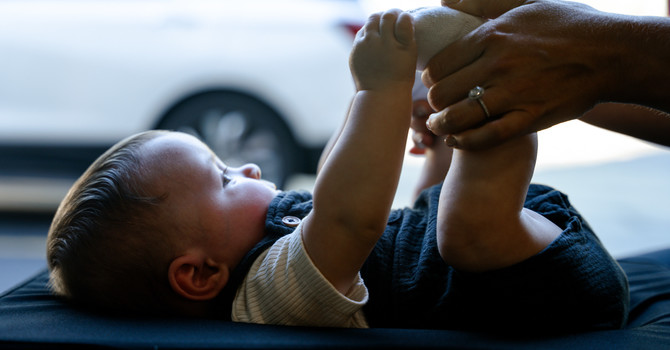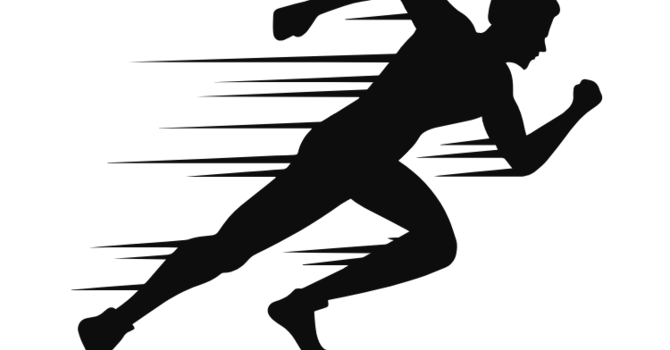
Young athletes are driven, energetic, and often push their bodies to the limit. While this enthusiasm is fantastic for their development and performance, it can sometimes lead to irritation—particularly to the growth plates. Growth plate injuries are very common and can become a significant concern in pediatric sports medicine, and addressing them properly is crucial for ensuring long-term health and athletic success. This blog will explore common growth plate injuries, their treatment through load management, corrective exercises, and hands-on treatment, helping parents and coaches navigate these challenges effectively.
What Are Growth Plates?
Growth plates, or epiphyseal plates, are areas of cartilage located at the ends of long bones. They are where bone growth occurs in children and adolescents. As children grow, these plates gradually harden into solid bone. However, because they are still cartilage, growth plates are more vulnerable to injury than the surrounding bone because the forces on the tendons, which attach around the growth plate, are often stronger than the growth plate can handle.
Common Growth Plate Injuries
Osgood-Schlatter’s Disease
- Description: This condition involves pain and swelling just below the knee at the tibial tuberosity where the patellar tendon attaches. It’s common in adolescents involved in sports that involve running and jumping.
Sever’s Disease
- Description: Also known as calcaneal apophysitis, this injury affects the growth plate at the back of the heel. It’s often seen in young soccer players and runners.
Little League Elbow
- Description: This condition involves pain and swelling on the inner side of the elbow, affecting young baseball players or throwing athletes. It results from repetitive stress and can lead to damage to the growth plate.
Treatment Strategies
1. Load Management
- Definition: Load management involves adjusting the intensity, frequency, and type of physical activity to prevent overuse and stress on the growth plates.
- Implementation:Activity Modification: Reduce or modify activities that place excessive stress on the affected growth plate. For instance, if a young athlete is suffering from Osgood-Schlatter’s disease, cut back on running and jumping activities at least initially.
- Rest and Recovery: Ensure adequate rest between training sessions and games. Recovery time allows the growth plates to heal and reduces the risk of chronic injury.
- Progressive Loading: Gradually increase the intensity and duration of activities to allow the body to adapt without overwhelming the growth plates.
2. Corrective Exercises
- Definition: Corrective exercises aim to address muscular imbalances and improve biomechanical function to alleviate stress on the growth plates.
- Implementation:Stretching and Strengthening: Incorporate exercises that stretch tight muscles and strengthen weak ones. For example, in cases of Sever’s disease, calf stretches and strengthening exercises for the foot and ankle can help alleviate stress on the heel.
- Biomechanical Corrections: Work with a rehab chiropractor or physical therapist to correct improper movement patterns. For instance, improving pitching mechanics in baseball players can prevent Little League Elbow.
- Functional Exercises: Focus on exercises that enhance overall body mechanics and stability. Stronger muscles can help take stress off the growth plates by improving overall body durability and movement efficiency.
3. Hands-On Treatment
- Definition: Hands-on treatment involves manual therapies administered by a skilled practitioner to address pain, improve function, and aid in recovery.
- Implementation:Chiropractic/Physical Therapy: Providers can use techniques such Dry needling, blood flow restriction training, joint mobilizations, and myofascial release to relieve pain and improve movement.
- Orthotic Interventions: Custom orthotics or shoe inserts can help manage conditions like Sever’s disease by providing better cushioning and alignment.
- Bracing and Taping: For conditions like Osgood-Schlatter’s disease, braces or taping techniques can provide additional support and reduce strain on the affected area.
Conclusion
Managing growth plate injuries in young athletes requires a comprehensive approach that includes load management, corrective exercises, and hands-on treatment. By carefully monitoring activity levels, incorporating targeted exercises, and utilizing appropriate manual therapies, athletes can recover effectively and continue to pursue their sports goals without long-term complications. Always consult with a healthcare professional or pediatric sports specialist for personalized advice and treatment plans. With the right care, young athletes can stay active, healthy, and injury-free as they grow and develop.
Dr. Cameron Johnson
Contact Me


